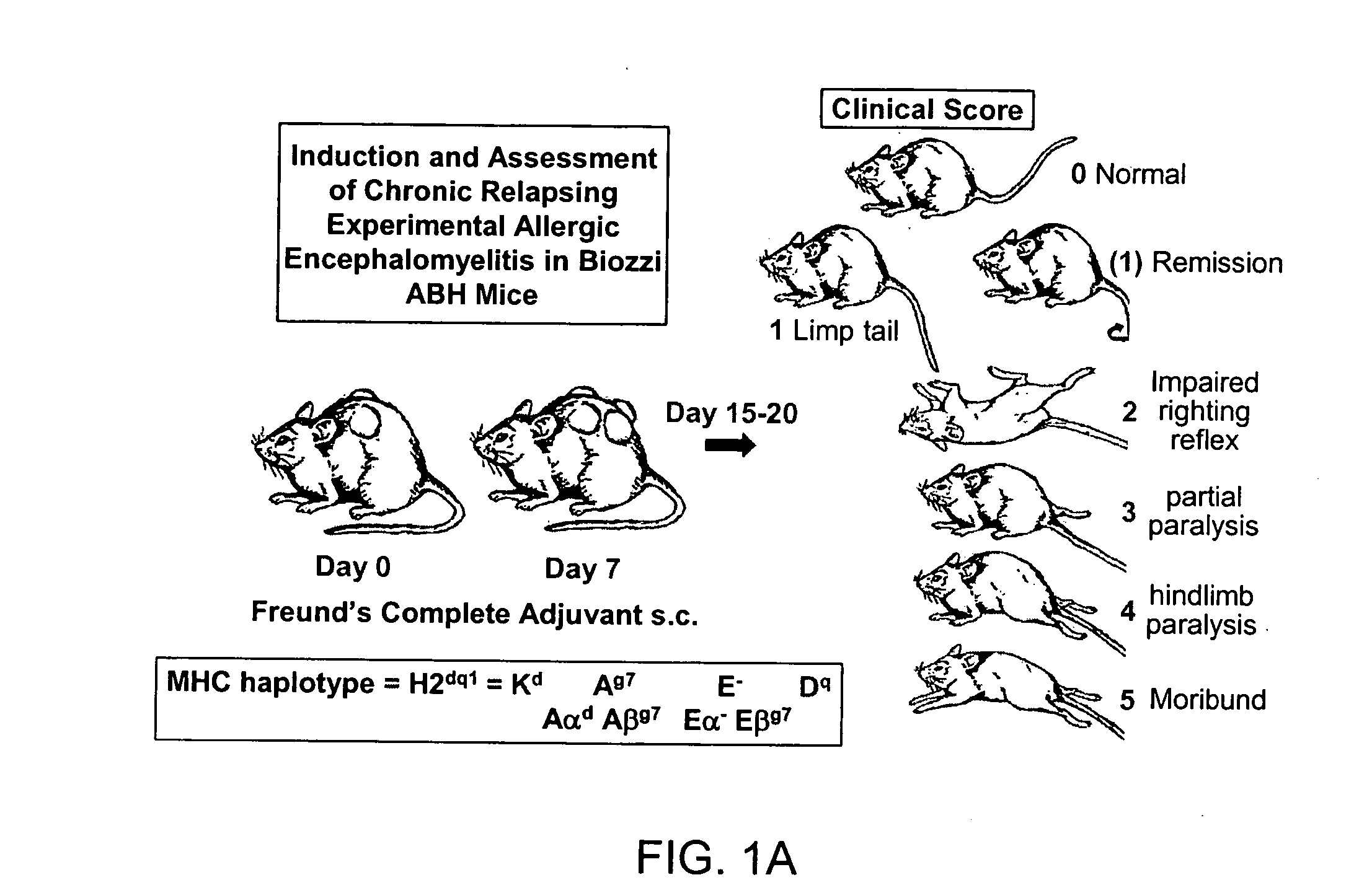1-Aminocyclohexane derivatives for the treatment of multiple sclerosis, emotional lability and pseudobulbar affect
a technology of aminocyclohexane and derivatives, applied in the field of 1aminocyclohexane derivatives, can solve the problems of many nmda receptor antagonists identified to date that produce highly undesirable side effects, permanent disability and sometimes death,
- Summary
- Abstract
- Description
- Claims
- Application Information
AI Technical Summary
Benefits of technology
Problems solved by technology
Method used
Image
Examples
example 1
Double Blind Placebo Controlled Pilot Trial of Memantine for Cognitive Impairment in Multiple Sclerosis
[0196] The objective of this pilot project is to conduct a clinical trial to assess the efficacy of memantine as a treatment for cognitive dysfunction in multiple sclerosis (MS). We hypothesize that MS patients with cognitive impairment treated with memantine will demonstrate an improvement in performance on a neuropsychological test battery as compared to placebo treated patients.
[0197] Cognitive dysfunction is a major cause of disability in multiple sclerosis. The estimated prevalence of cognitive dysfunction in the MS population is 45% to 65%. MS patients with cognitive dysfunction have fewer social interactions, more sexual dysfunction, greater difficulty with household tasks and higher unemployment than those with normal cognition. At present, there is no effective pharmacological symptomatic treatment for the cognitive dysfunction of MS. One agent that may have some benefit...
example 2
Use of Neramexane in the Eae Model in Mice
[0235] Induction of EAE. Induction of EAE in animal models is well known in the art. (Raine, Chapter 16, Handbook of Clinical Neurology, vol. 3(47): Demyelinating Diseases, Koetsier, ed., (Elsevier Science Publishers 1985). In the present protocol, 6-8 week ABH mice are immunized with mouse spinal cord homogenate in Freund's complete adjuvant on day 0 & 7. (Baker et al. 1990. J. Neuroimmunol 28:261 O'Neill et al 1992. J. Neuroimmunol. 38:53). Animals will develop relapsing remitting episodes of paralysis at approximately 3-4 week intervals. These will be monitored daily from day 11 onwards to ensure severity levels of paralysis and maintained with humane limits according to the Home Office, Animals (Scientific Procedures) Act (1981). Spasticity (stiff hind limbs) after 2-3 relapse episodes (approximately 80-120 days post-induction) will be allowed to develop. Animals with visually spastic limbs will be selected for assessment of the TEST co...
PUM
| Property | Measurement | Unit |
|---|---|---|
| Mass | aaaaa | aaaaa |
| Mass | aaaaa | aaaaa |
| Mass flow rate | aaaaa | aaaaa |
Abstract
Description
Claims
Application Information
 Login to View More
Login to View More - R&D
- Intellectual Property
- Life Sciences
- Materials
- Tech Scout
- Unparalleled Data Quality
- Higher Quality Content
- 60% Fewer Hallucinations
Browse by: Latest US Patents, China's latest patents, Technical Efficacy Thesaurus, Application Domain, Technology Topic, Popular Technical Reports.
© 2025 PatSnap. All rights reserved.Legal|Privacy policy|Modern Slavery Act Transparency Statement|Sitemap|About US| Contact US: help@patsnap.com



